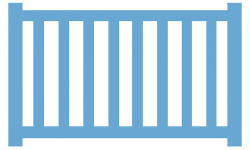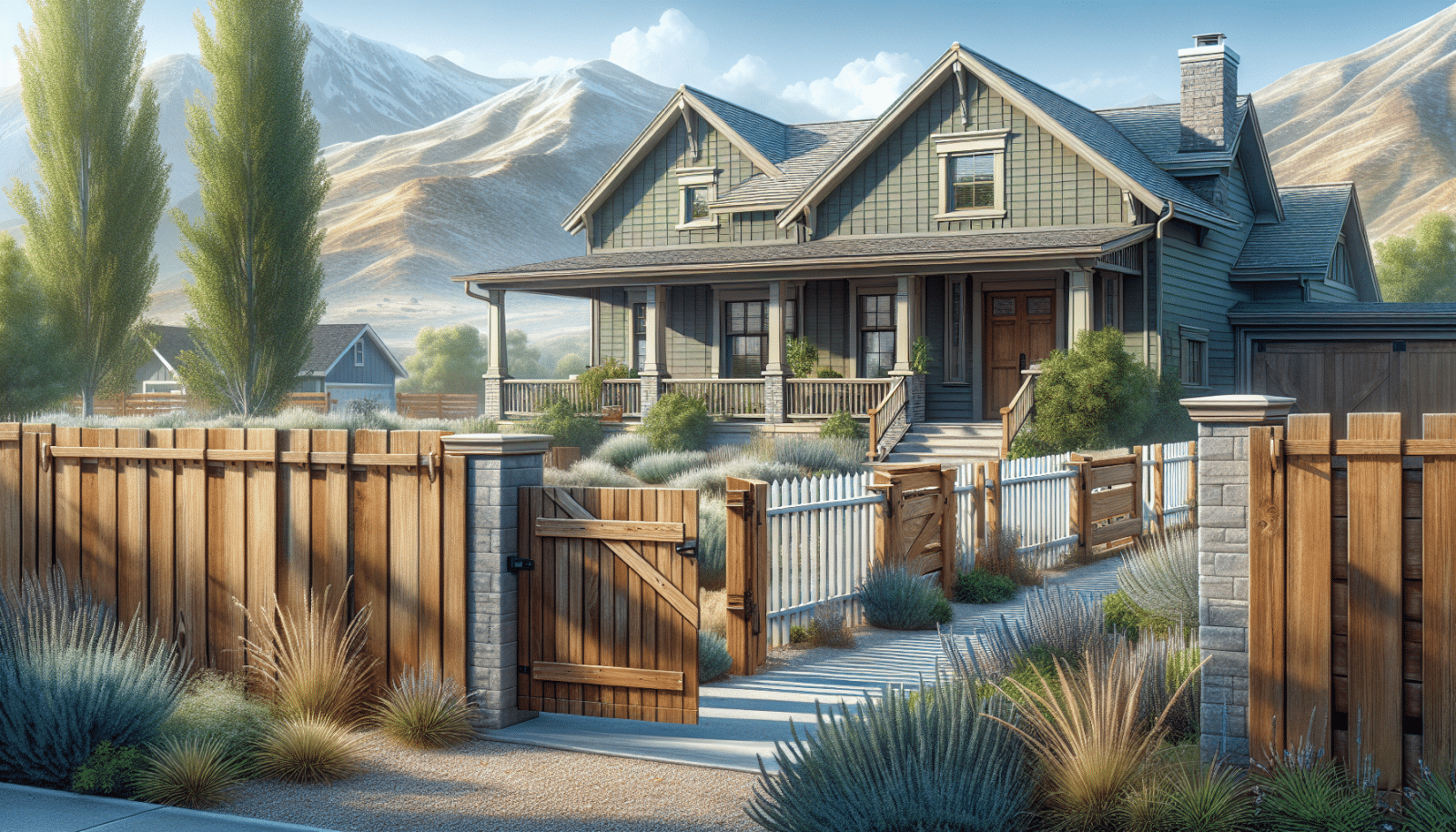Are you tired of dealing with a damaged home fence and not sure where to start the repair process? You’re in the right place! Here at Utah Fencing Company, we understand that fence issues can be frustrating, but they don’t have to be. This step-by-step guide will help homeowners swiftly and effectively fix common fence problems.
Assess the Damage
Before diving into repairs, it’s crucial to assess the extent of the damage. Walk around your fence and look for visible signs of wear and tear. Note any broken or missing boards, leaning posts, or damaged hardware. This initial evaluation will help you gather the necessary materials and tools for the job.
By carefully examining your fence, you can identify which sections need immediate attention. It’s essential to create a repair plan to stay organized throughout the process.
Gather Your Tools and Materials
Having the right tools and materials on hand will make the repair process smoother and faster. Common tools you may need include a hammer, nails, screws, a level, and a saw. Depending on the type of fence, you may also need specific materials like Wood planks or metal panels.
Always make sure to wear safety gear, such as gloves and safety glasses, to protect yourself while working. By being prepared, you’ll avoid unnecessary delays and complications.
Remove Damaged Sections
To start repairing your fence, first, remove the damaged sections. Use a crowbar or hammer to carefully pry away broken or rotten boards. For metal fences, a wrench may be necessary to unscrew damaged panels.
Take your time to ensure you don’t cause additional damage to the surrounding areas. Removing the damaged parts sets the stage for a clean and efficient repair.
Repair Fence Posts
Leaning or broken fence posts are a common issue. Here’s a simple way to fix them:
- Dig Around the Post: Create a hole around the leaning post to expose its base.
- Straighten the Post: Adjust the post until it stands upright and level.
- Secure the Post: Fill the hole with Concrete or gravel to stabilize the post.
- Allow to Set: Let the concrete or gravel set for at least 24 hours.
- Reattach Sections: Reconnect the fence sections to the newly stabilized post.
Properly securing your posts will enhance the overall stability and longevity of your fence.
Replace Damaged Panels or Boards
Next, replace the damaged panels or boards. Measure and cut your replacement pieces to fit the gaps left by the removed sections. Secure them firmly with nails or screws, ensuring they are level and aligned with the existing structure.
Use galvanized or coated fasteners to prevent rusting, especially if you live in a humid or rainy area. Replacing boards correctly will restore the visual appeal and functionality of your fence.
Fix Gates and Hinges
A sagging or squeaky gate can be a nuisance. Check the hinges for any signs of wear or rust. Tighten or replace loose screws and oil the hinges to ensure smooth operation.
If the gate itself is damaged, consider replacing it with a new one that matches your fence’s style. Properly maintained gates provide secure access and enhance your fence’s overall usability.
Address Rust and Mold Issues
Rust and mold can weaken your fence over time. For metal fences, use a wire brush to remove rust and apply a rust-inhibiting primer and paint. For wooden fences, clean the mold with a mixture of bleach and water and allow it to dry completely.
Regularly treating and cleaning your fence will prevent these issues from worsening and prolong the life of your fence.
Stain or Paint Your Fence
Staining or painting your fence not only improves its appearance but also protects it from the elements. Choose a high-quality stain or paint that suits your fence material. Apply it evenly using a brush or sprayer.
By sealing your fence, you’ll protect it from moisture, UV rays, and other weather-related damage. This extra layer of protection will keep your fence looking great for years to come.
Proper Maintenance Tips
To keep your fence in top condition, regular maintenance is key. Here are some tips:
- Inspect Regularly: Perform routine checks for damage, rust, and mold.
- Clean Annually: Wash your fence at least once a year to remove dirt and grime.
- Repaint or Restain: Update the paint or stain every few years to maintain protection.
- Fix Minor Issues Promptly: Address small problems before they become major repairs.
- Trim Vegetation: Keep plants and bushes away from the fence to prevent damage.
Regular upkeep will save you time and money in the long run, ensuring your fence remains sturdy and attractive.
Conclusion
Quickly fixing your home fence is manageable with the right approach and tools. We hope this guide from Utah Fencing Company has made the process clear and approachable. For more help, contact us by phone # 801-905-8153 or Request a Free Quote.




